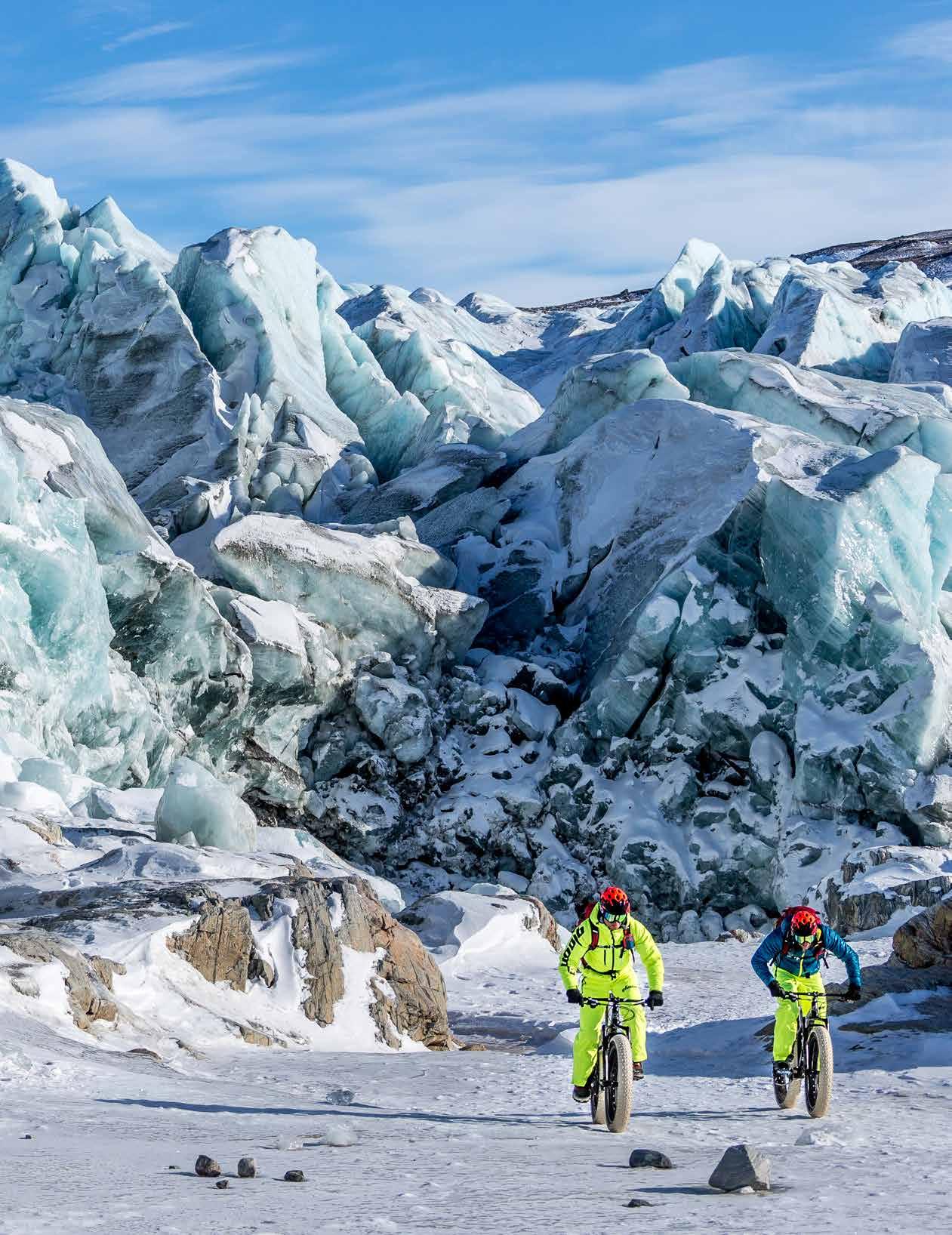
2 minute read
Choose the perfect camp flashlight
By Allen Macartney
Buying a new flashlight used to be pretty easy. They all had tiny but ordinary light bulbs that burned out every year, and used two heavy C or D batteries that lost most power within half an hour. Would you like a red one or a silver one? Simple.
Advertisement
Today, you face a bewildering array of flashlights, spotlights and headlamps that offer everything from low voltage headlamps to million candlepower spots. Or there are those with adjustable focus, waterproof to 100 metres below the surface, rechargeable, on and on. You can pay from a buck to $300.
Any good news? Yes, you can get an excellent flashlight for about $12 and a quality headlamp for about $30. But you have to know what to look for.
The key factors to consider are the flashlight’s light output (measured in “lumens”), size and weight, battery type and run time. Most lights today have LED (light emitting diode) bulbs that are incredibly reliable, use almost no power and last for decades before burning out. Don’t even think about buying anything but an LED light.
Start by identifying exactly where and how you’ll be using the light. Unless you’re setting out on a two-week, ultralight, mountain backpacking trek, you’ll want several ways to light up your campsite – at least one flashlight and a headlamp.
Let’s start with a flashlight. Buy one that produces at least 150 lumens. That’s pow - er aplenty without leaking light pollution into the wild. Most flashlights have low, medium and high settings depending on how much power they use and light they project. The higher the setting, the quicker the batteries will run down. Buy a smallish flashlight with batteries that last at least eight hours on its lowest setting.
A headlamp is great if you love reading late into the night in your tent. It also helps when cooking in the dark. Your hands will be free to slice and dice, with out having to fumble with a flashlight. The most important features are weight and adjustable settings. Weight is important because your neck won’t welcome a heavy headlamp, though most of today’s head- lamps are lightweights. If your tent mate or mates want to sleep, anyone reading with a powerful light will draw flak. A low setting will provide enough for reading.
What type of batteries are best? I stick to the common, cheap AA and AAA, available at any grocery, hardware or drugstore in the Western world. And there are rechargeable ones – perfect if you have a lightweight solar recharging unit with you. Avoid specialty batteries. They’re costly and not widely available.
Whether you’re trying to find your campsite when paddling toward shore after sundown, or weaving your way to the privy through the trees, let there be light – a good reliable flashlight that is.
Noel Hendrickson
Maximum Norsepower

Ready to kick-start your fi tness? MEC’s selection of performance-engineered gear and apparel from Salomon, Sportful and Craft helps you glide past PBs and overtake the competition.
Mec.ca
Get the MEC app
mec.ca/iphone
Follow
@mec
Like
fb.com/mec











